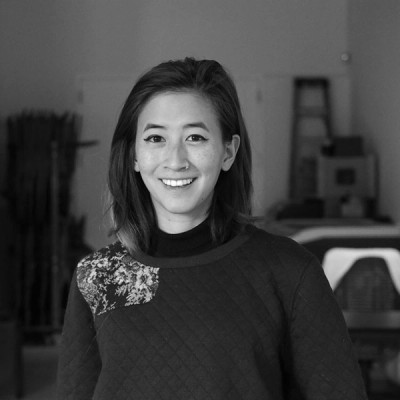Yo-Yo Lin

Bio
Meet the Eyebeam Access Residents
Yo-Yo Lin in conversation with open call jury member Diya Vij
Learn more about the Open Call: Access.
Yo-Yo Lin is a media artist who creates audiovisual installation experiences and explores the possibilities of human connection in the context of emerging technologies. While at Eyebeam, Yo-Yo will be researching and developing methodologies in reclaiming and processing chronic health trauma. She aims to develop a digital and physical platform that serve as an ongoing documentation and artistic evaluation of active survivors of chronic illnesses. Her work has been featured in the HuffingtonPost, Indiewire, and Surface Magazine. She spoke with Diya Vij, Co-director of Public Artists in Residence at the NYC Department of Cultural Affairs.
Diya Vij: What is the project that you proposed for Eyebeam?
Yo-Yo Lin: This project stems from a very personal place. I’m building a multi-platform journal that includes photography, writing, poetry, and different types of experiential-based events from people who want to share their story and experiences with illness. The goal is to take all this information, understand it ourselves, and have the opportunity to talk from a place of shame or needing help, but, as a way of sharing and group solidarity.
DV: Illness is something that can be isolating.
YL: Yeah, it’s incredibly isolating. There are lonely paths people take with their illness that I don’t necessarily think needs to be the norm. A lot of people tend to hide certain parts of themselves—anything that has to do with their illness.
DV: What is the tech component? What do you normally work with?
YL: For this project, I’m seeing it from a biodata perspective as a means to understand why and what we are looking at from a visual and philosophical perspective. Taking a more interpretive, poetic approach to understanding the rhythms and different numbers that make up their illness. I would love to talk to you and other people at Eyebeam more on how this can be an advocacy tool, because I never really had a social justice based art practice.
DV: There’s so many ways to think about what social justice looks like. Pleasure activism, transformative justice, rooted in moments of joy. There are ways to show a person’s full self, like what you’re talking about, or show an illness as a beautiful sound or light, which in itself is advocacy and justice.
YL: I was stunned for a while, to just understand all the different aspects of access. I think knowing that it could be about self-access, it could be something more contemplative and something more based on the search for self knowledge. Ultimately providing access to tools that one would have never had before would be the goal.